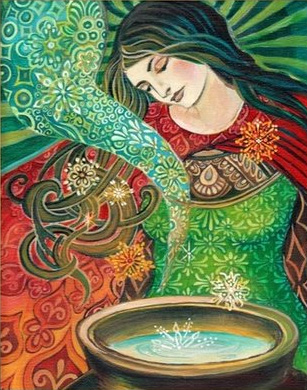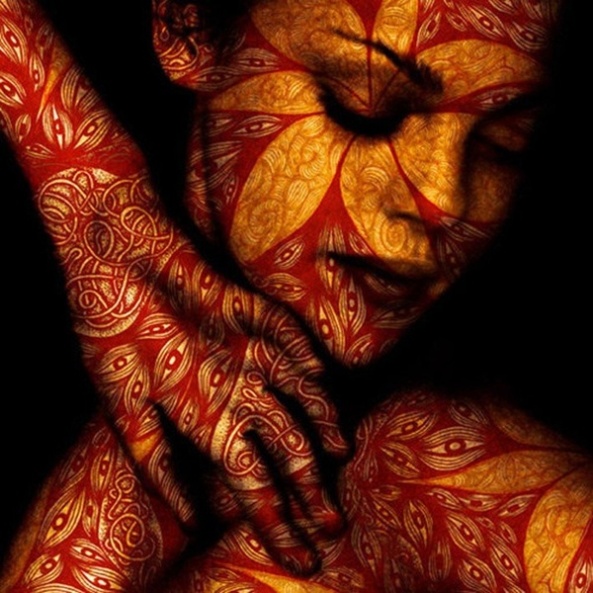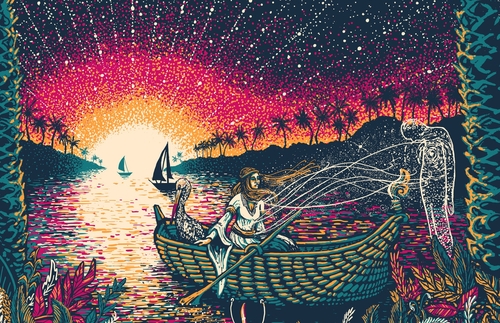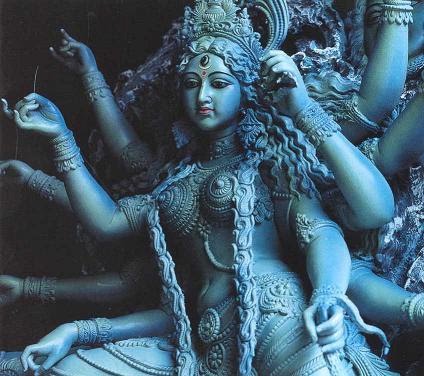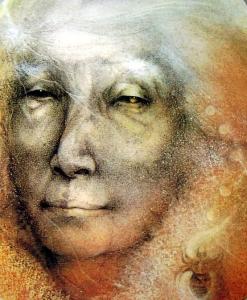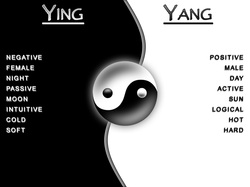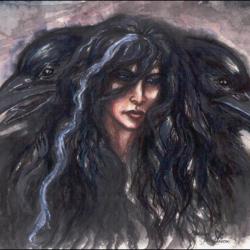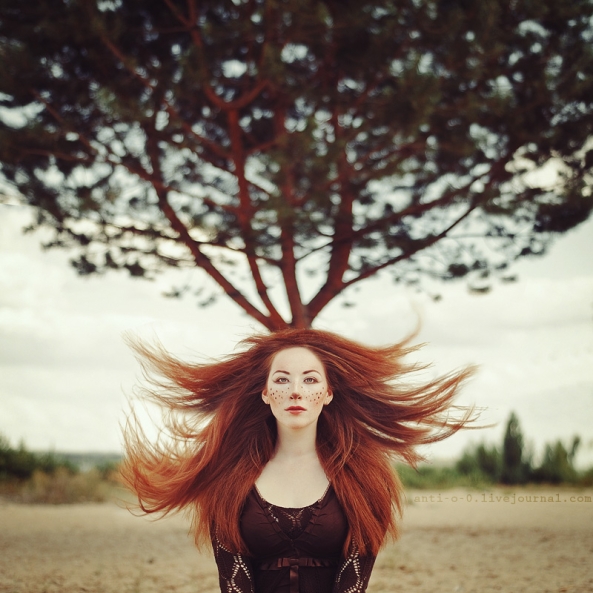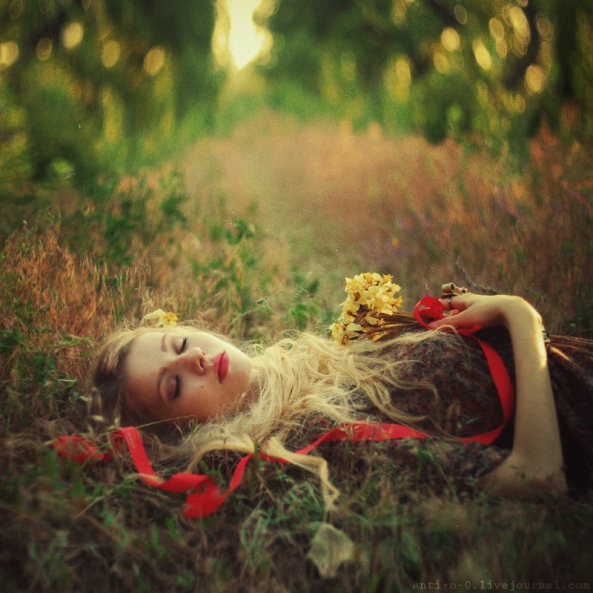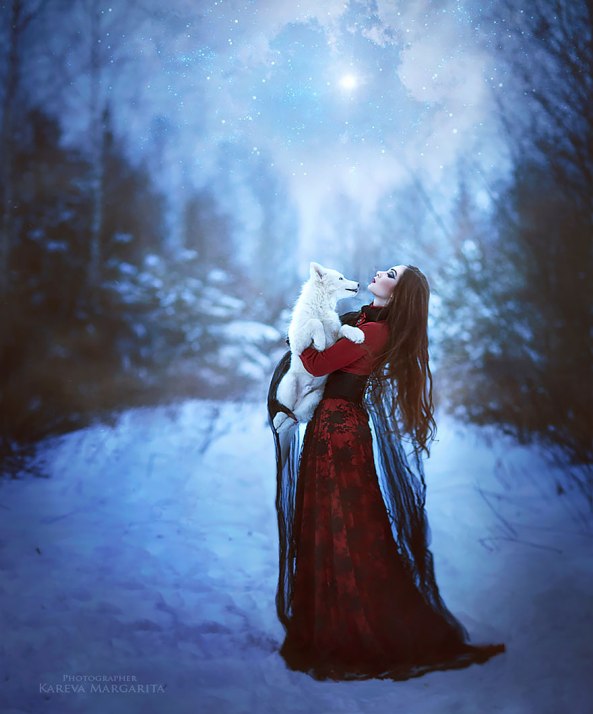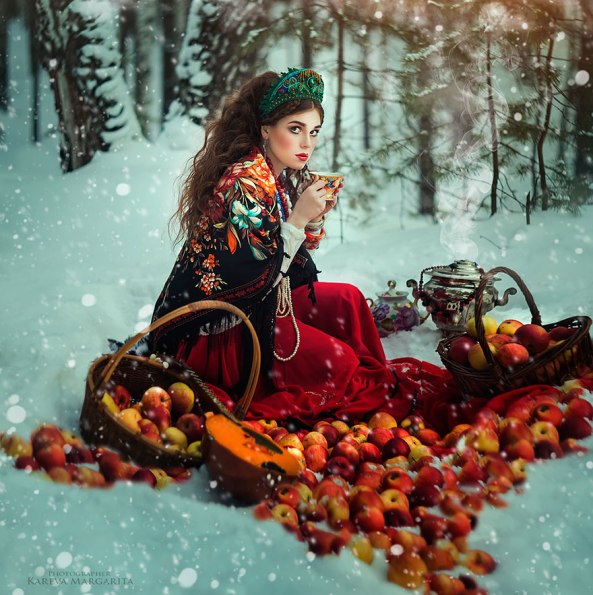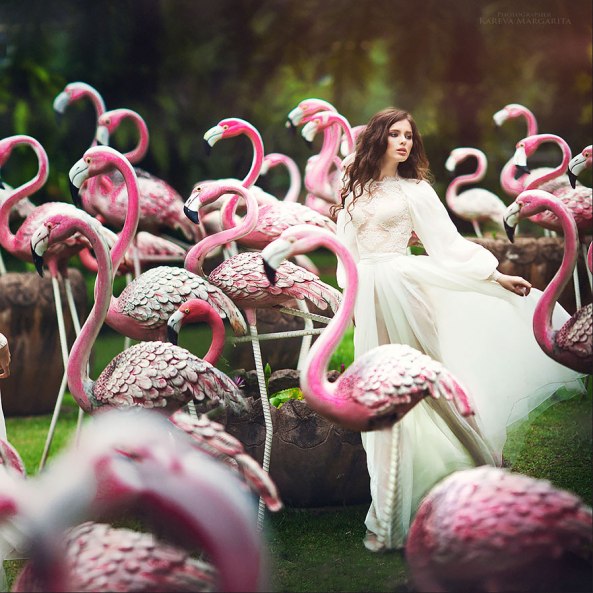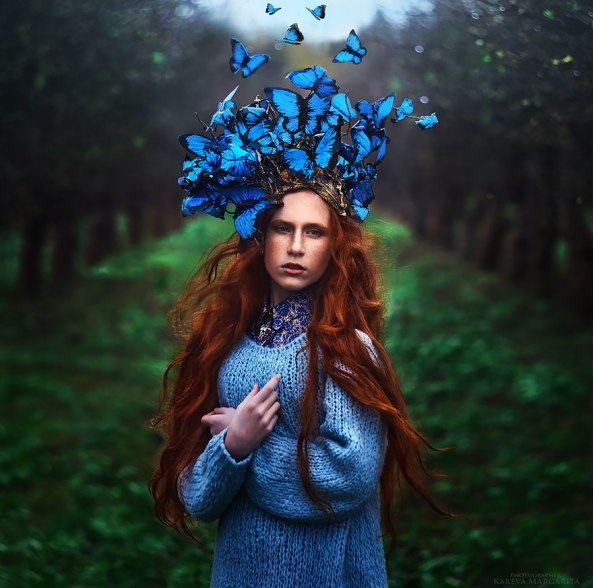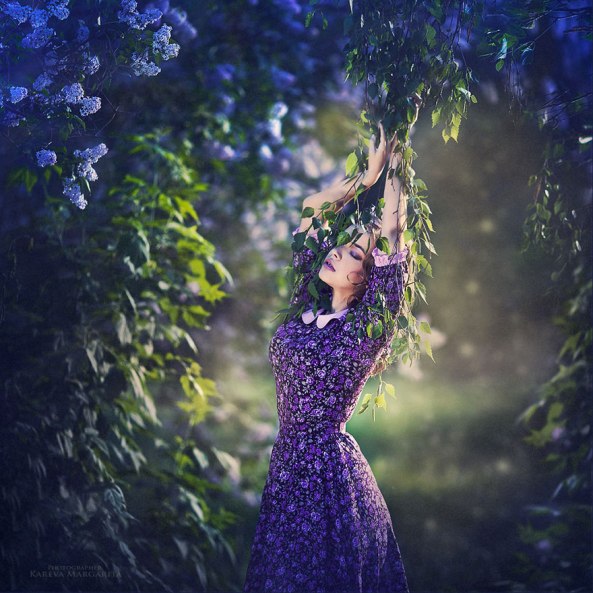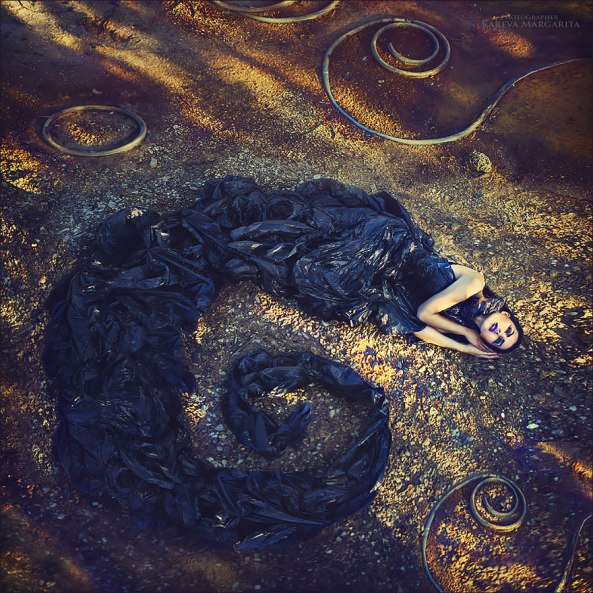Mystical insight and enlightenment occur when the veil between the worlds is lifted, the worlds are bridged, the gap closes, and we cross over. Tom Cowan
In Celtic symbology, the cauldron features frequently. One of the major Celtic stories, that of Taliesin, begins with a magical brew of the goddess Cerridwen, to create ‘awen.’
Awen is broadly described as a flowing spirit, a kind of life essence, a source of spiritual strength, prophetic insight, and poetic inspiration. Similar to the hindu concept of shakti in the sense of being a living, feminine, flowing, creative force.
The feminine noun, Awen, has been variously translated as ‘inspiration’, ‘muse’, ‘genius’, or even ‘poetic frenzy’. According to a 19th century Welsh dictionary, the word itself is formed by combining the two words, ‘aw’, meaning ‘a fluid, a flowing’, and ‘en’, meaning ‘a living principle, a being, a spirit, essential’.
The story of Taliesin is filled with shamanic wisdom and clues to the practices of the ancient Celts. It includes shape-shifting, magic potions, goddesses, forbidden cities of druids, and supernatural babies being found in rivers. One of the many symbols found there, is that of the cauldron. Whilst the cauldron is used for seemingly ordinary purposes, to brew up a potion, the symbology is that the cauldron is the container for awen.
Teach to me the mystery,
Of the Cauldron’s Brew,
Let Utter Darkness give way to light,
And be reborn anew. Damh the Bard
Erynn Rowan Laurie has written about the energetic system of the three cauldrons in her book Ogam: Weaving Word Wisdom. In this system, the cauldrons are energy centres, much like the hindu chakras. There are three cauldrons, roughly relating to earth, sea, and sky – referring to the chthonic, oceanic, and celestial aspects, and the correlation with the three realms. The Irish loved things in threes!
Like much of reconstructed Celtic druidry, revived from stories and poems, the concept of the three cauldrons comes from a 7th century Irish poem, called the ‘Cauldron of Poesy.’
Sources of nourishment, objects of quest, and containers of transformation, cauldrons simmer at the heart of Celtic myth. They are sought after but out of reach, redemptive yet threatening, holding mysteries that few ever plumb. Mary Pat Lynch
The poem describes the body as containing ‘three cauldrons’. The three cauldrons are known as the Coire Goiriath (Cauldron of Warming or Incubation), the Coire Ernmae (Cauldron of Motion or Vocation), and the Coire Sois (Cauldron of Inspiration or Knowledge). The poem is attributed to Amergin, an ancient Irish poet. It is an ancient poem of the oral tradition, written down by an Irish monk in the 7th Century.
The relative positions of these cauldrons within each person was thought to determine the overall health of a person as well as the state of their mind and psyche.
The first cauldron Coire Goirath, is the Cauldron of Warming or Incubation. Located in the pelvis, it represents physical health, physical movement, and life force, and should be in the upright position. It provides the heat and energy for the body, like a furnace.
The second cauldron, Coire Ernmae, is the cauldron of Vocation or motion, located at the centre of the chest, in the area of the heart. This cauldron is found on its side at birth and as a result of intense emotional life experiences, begins to turn and eventually become upright. It is turned through ‘joy and sorrow’, including spiritual joy, sexual bliss, and grief and sadness. The cauldron is matured through this process of emotional growth experiences.
The third cauldron is Coire Sois, the cauldron of Wisdom or inspiration. This cauldron is upside down in most people and it is only through the intensive work on the emotions in the second cauldron and deep esoteric study or spiritual experiences, that this cauldron begins to turn. Poetry, wisdom, and prophecy are the rewards for it cultivation.
How many divisions of sorrow turn the cauldrons of sages? Not hard, four: longing and grief, the sorrows of jealousy, and the discipline of pilgrimages to holy places. These four are endured internally, turning the cauldrons, although the cause is from outside. Cauldron Of Poesy
Right, well some holy pilgrimages and that’s me sorted!
Drawing parallels between the cauldrons and the chakra system is unavoidable for me. Energetic centres that correspond to external stimuli and that require spiritual and emotional growth, to open and produce energy, feeling, wisdom, inspiration, and prophecy.
However Laurie warns against trying to superimpose the two systems directly, she writes that “It should be understood that the cauldrons are not identical to chakras, and their functioning is different. Rather than “wheels” of energy, they are containers, holding or pouring out different substances. Within these cauldrons one may heat, boil, or brew one’s health, talents, emotions, and wisdom or poetry.”
The three cauldrons are said to be located at the pelvic girdle, the heart, and the centre of the head. Many moons age I had a flash of inspiration during a chakra meditation, that suggested the cauldrons loosely aligned with the chakras as such, the base/sacral/solar plexus (the ‘physical’ chakras) corresponding to the cauldron of warming, the heart chakra (the ‘bridge’ between the physical and spiritual) corresponding to the cauldron of motion (e-motion), and the throat, third eye and crown (the spiritual/etheric chakras) corresponding to the cauldron of inspiration.
My friend who has done work on the Celtic stories, aligns the chakras a little differently, with the base/sacral corresponding to the cauldron of warming, the solar plexus and heart corresponding to the cauldron of motion, and the throat, third eye and crown corresponding to the cauldron of inspiration. Elen Sentier, who writes about the celtic chakras, also combines the solar plexus and heart chakras at the centre, aligning with the Cauldron of Motion, however she couples the chakras quite differently.
The Cauldron of Vocation
Fills and is filled,
Grants gifts and is enriched,
Nourishes and is enlivened,
Sings praises and is praised,
Chants invocations and is enchanted,
Creates harmonies and is harmoniously created,
Defends and is strongly defended,
Orients and is aligned,
Upholds and is upheld. Cauldron Of Poesy
The cauldrons can be described as filling, turning, brewing, and boiling, reflecting the level of awakening and development as well as the results of working energetically with the energy centres. It is necessary to turn them to activate ‘imbas,’ the Irish word for ‘awen.’
Each cauldron can be in one of three positions: upright, tilted, or inverted. This position indicates the ability of a cauldron to function. An upright cauldron can hold and ‘cook’ its ingredients; a tilted cauldron allows its contents to slip away; an inverted one loses everything.
Last year, I was training as a Chakradance facilitator, part of which was intensively dancing each chakra and doing some Jungian style self-analysis on each centre and it’s associations. The solar plexus chakra was a particularly powerful one for me.
You can read about it in detail in my post here, but suffice to say, the imagery was of a golden cauldron, burning away all the detritus of my past. Around the same time I had a dream so violent that I woke bolt upright in bed, after a cauldron exploded, and blew its lid. It was these experiences that prompted me to learn more about the connection between the chakras and the cauldrons.
I researched this connection and found both the Irish Celtic and the Taoist’s energy systems use the concept of cauldrons or dantian. In the Taoist tradition, the first cauldron, Lower Tan Tien, is known as “the golden stove” representing the refining and vitality of the life force into the Ching energy, which is basically a highly refined, super potent form of chi, or life force energy. Ching is creation energy, associated with the creation of life through sexual union, it is a solar channel of yang energy in the energy body.
It seems that these ancient systems acknowledged a similar kind of energy alchemy. The lower part of the body, the belly and below, was the manifestation of our physical energy, our bodies, our senses, our will to action.
Unfortunately the Irish literature gives little clue as to how the three cauldrons were used. The Irish were an oral culture, they transmitted wisdom through song and storytelling – the bardic arts – and by use of pneumonic devices like the ogham tree symbols.
What remains of Celtic cosmology is somewhat fragmented, mostly due to the colonisation of Europe by the Romans where Celtic culture was almost completely eliminated. What little was recorded was often done so by Christian monks.
So here I am left to look to other cultures and how they manage their energetic systems, and to tap into the collective unconscious to access ancestral knowledge of the Irish. Therefore my practice is part extrapolation, part intuition.
Fortunately there is much in common in many ancient shamanic practices, and much work that has gone on, and continues to go on, in reconstructing these wonderful practices. I just have to be very careful – in my blind enthusiasm – not to make assumptions about apparent similarities and appropriate other practices inappropriately!
Other writers of the Celtic Shamanic tradition have interpreted the system of the ‘celtic chakras’ differently. Elen Sentier, in her book Celtic Chakras, uses the Celtic symbol of the spiral – specifically the triskele – to find a celtic inspired pathway through the chakras. (The triskele is the triple spiral image you see in the first image of this post)
Her method is quite different to mine, but I intend to try her meditations as I love the idea of using the triskele as a basis for navigating the cauldrons. It removes the sense of hierarchy that most westerners approach the chakras with and unites the energies of the lower and upper chakras. Here is a diagram of her method, which I am sure I will be writing more about in the future.
So back to what I do know, the chakras we understand them in Chakradance.
The solar plexus chakra relates to our metabolism, which is basically our inner furnace. Anodea Judith says “we can assess the health of this chakra by examining our body structure at this level: tight, hard stomachs, sunken diaphragms, or large potbellies are all indications of third chakra excess or deficiency.”
Known as Manipura in Sanskrit – which means lustrous gem – the third chakra revolves around themes of personal power, physical power, self-expression, and will. It its the fire that fuels our metabolism, and if it’s activated it increases our energy, drive, and sense of purpose.
To dance the solar plexus chakra is to call on the ancient warrior dances. In Chakradance, fast dynamic movements ignite the fire in our belly, fuelling our dance with energy and strength. Reining all this fiery energy in, movements then become strong, purposeful and clearly defined as our inner warrior emerges triumphant, brave and strong.
The lower chakras work together, the solid ground of the base, the warming passion and pleasures of the sacral, all tend to the fire in the solar plexus. Without a solid foundation or the warming of sensual delights and creativity, there is no fuel for our fire.
When the third chakra is closed down, one may feel tired, afraid, shaky, quiet, or withdrawn. There is a fear of taking risks, confronting people or issues, taking charge, and with all this, a lack of energy. Anodea Judith
The archetype of the warrior – standing strong in their power – is the vision of the healthy solar plexus chakra. It is not aggressive, but it will not subvert itself either.
Many cultures associated this solar plexus area with our life force, the entry point of spiritual energy into the body. In traditional Japanese teachings and reiki healing, the hara system – located in the belly – is the main focus for building a person’s energy.
Thus if our spiritual energy is low, it may manifest strongly here in our belly and solar plexus centre. Childhood traumas or abuse can lead to a depleted solar plexus chakra, and to a condition shamans know as ‘soul loss.’
Soul loss can be symptomatically identified by asking these questions:
In many shamanic societies, if you came to a medicine person complaining of being disheartened, dispirited, or depressed, they would ask one of four questions. When did you stop dancing? When did you stop singing? When did you stop being enchanted by stories? When did you stop finding comfort in the sweet territory of silence? Angeles Arrien
In shamanism, soul equates to power. Each person should have guiding spirits and power animals to protect and maintain their spiritual power. During trauma, or sometimes as a result of ignorance to their existence, we can lose these helping spirits and our power with them. Shamanic healing involves reconnecting those lost parts of spirit and our spirit helpers.
It has always been the role of the shaman to go into an altered state of consciousness and track down where the soul fled to in the alternate realities and return it to the body of the client. Sandra Ingerman
It is said that power animals and spirit guides will only stay with a person if they are honoured and cared for, we must invite them to dance with us in our journeys, listen to their messages, and live our lives with the vitality they bring. Otherwise they will get bored and wander off.
I think the same can be said for ourselves. If we don’t tend to our spirit, to our life’s passion, if we don’t ignite and tend to our inner fire, part of ourselves gets bored and wanders off, abandoning ourselves, and the lustrous gem we hold within.
Affirmations for the Solar Plexus Chakra by Natalie Southgate:
“I am worthy of the best in life.”
“I am capable.”
“I am powerful.”
“I set and reach my goals.”
“I stand up for myself and for what I believe in.”
“I know who I am and where I am going.”
Centering practice with the three realms:
http://www.tendingthepath.com/meditation-practices.html
Bless!
Damh the Bard performing the tale of Cerridwen and Taliesin
Further reading:
A comprehensive breakdown of Celtic cosmology
The Three Cauldrons by Mary Pat Lynch
The Three Cauldrons and the Cauldron of Poesy explained by Erynn Rowan Laurie
The Celtic Chakras. Elen Sentier
The Solar Plexus Chakra by Natalie Southgate
Images:
Triskele by Dorothy Bunny Bowen
Beltane by Dorothy Bunny Bowen
Three Cauldrons positions by Searles O’Dubhain
Celtic Chakras by Elen Sentier

